#plant identification
Text
Cane/Bamboo Adventures Part 1/?
So we just moved into a new house and there's this huge thing in the very back of the yard along a creek that I thought was bamboo, then I thought it was cane, and then after checking as many cane ID posts and videos I could find, I'm still completely unsure. My friend who's a wildlife student says it doesn't look like bamboo to her, but we both agree it doesn't look like the cane we've seen around South Georgia. She said it must be Arundinaria gigantea because no other cane gets this large, but all the cane we've seen identified as A. gigantea doesn't look like this. Here's my notes and some pics.
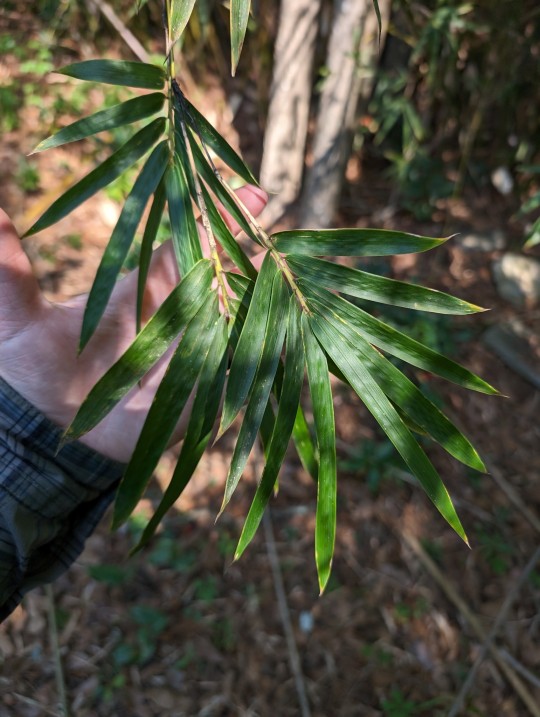
First, the leaves are much smaller than cane I've seen around here. Even very small, young cane around here has leaves about the length of my forearm.
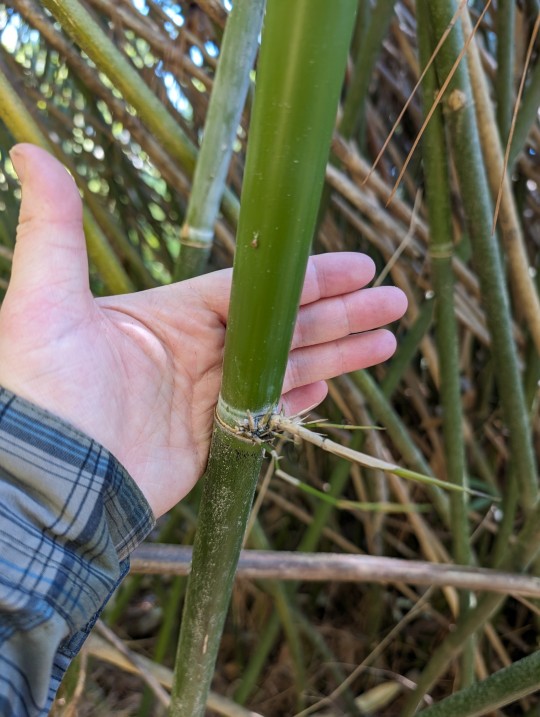
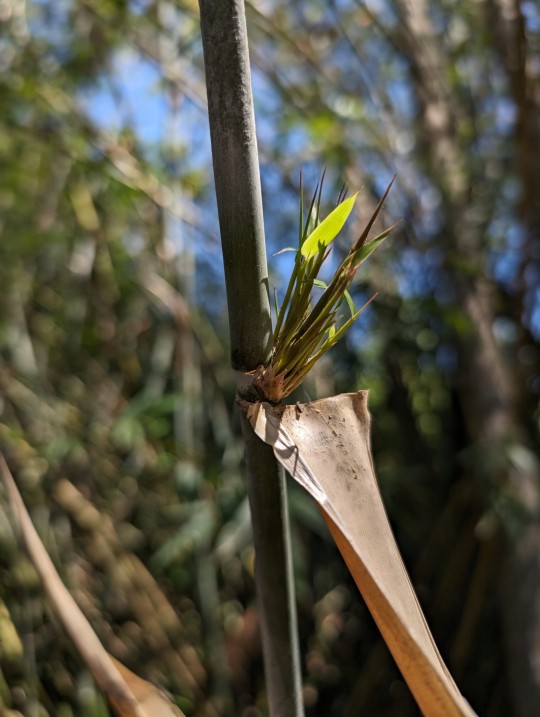
Second, a couple things online I found distinguishing bamboo from cane say that new bamboo branches grow outward, while cane grows more upward. However there seems to be both upward and outward shoots on this bunch (examples of both pictured above). Also worth noting, the picture above on the left is the biggest diameter branch I found. I have relatively small hands for context (I wear small-medium sized gloves).
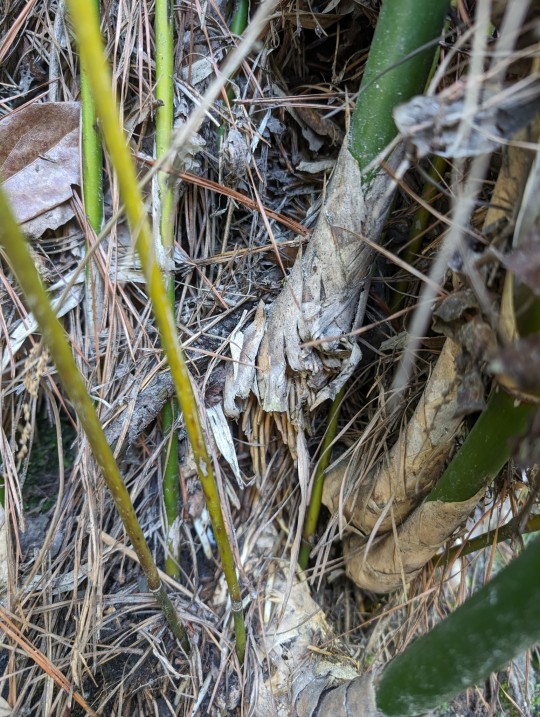
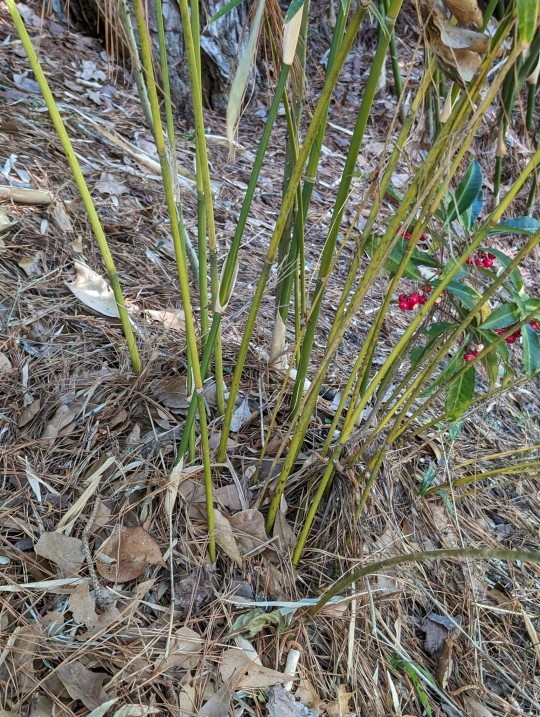
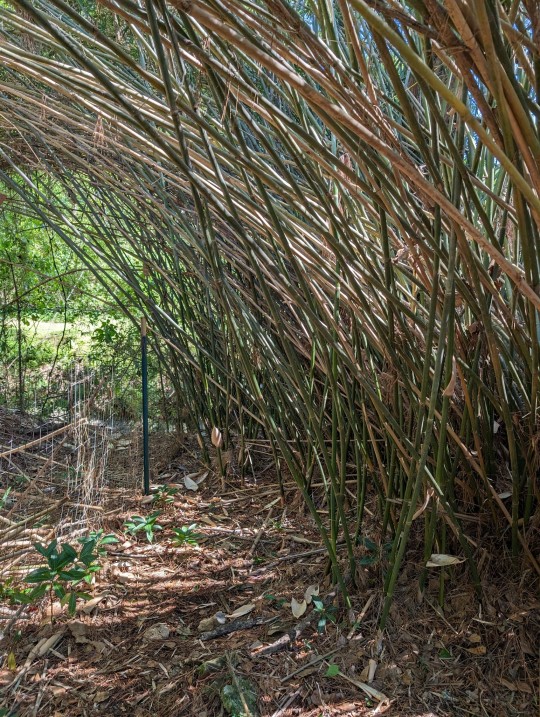
Then here's just some more pictures. I crawled down into a creek for the root picture (left)(a steep 7 foot drop haha). The middle picture is the youngest bunch I found, again it doesn't resemble cane I've seen around here. The picture on the right is a further away picture after I cleared some dead branches.
Also worth noting, this is tucked behind a house, between a fence, a creek, and like 3 trees. So it doesn't have a ton of space to grow, and I'm guessing that's why it's so dense.
If anyone happens to know anything about this please let me know! A week or so ago I emailed a guy from NC State and uploaded it on inaturalist, but I haven't received any replies or ID 😭
#I'm working on clearing out all the dead branches currently to give it more space#native plants#bamboo#cane#river cane#plant identification#plant ID#arundinaria gigantea#?#solarpunk
276 notes
·
View notes
Text
An App Does Not a Master Naturalist Make
Originally posted on my website at https://rebeccalexa.com/app-not-master-naturalist/ - I had written this as an op-ed and sent it to WaPo, but they had no interest, so you get to read it here instead!
I have mixed feelings about Michael Coren’s April 25 Washington Post article, “These 4 free apps can help you identify every flower, plant and tree around you.” His ebullience at exploring some of the diverse ecological community around him made me grin, because I know exactly what it feels like. There’s nothing like that sense of wonder and belonging when you go outside and are surrounded by neighbors of many species, instead of a monotonous wall of green, and that is a big part of what led me to become a Master Naturalist.
When I moved from the Midwest to the Pacific Northwest in 2006, I felt lost because I didn’t recognize many of the animals or plants in my new home. So I set about systematically learning every species that crossed my path. Later, I began teaching community-level classes on nature identification to help other people learn skills and tools for exploring their local flora, fauna, and fungi.
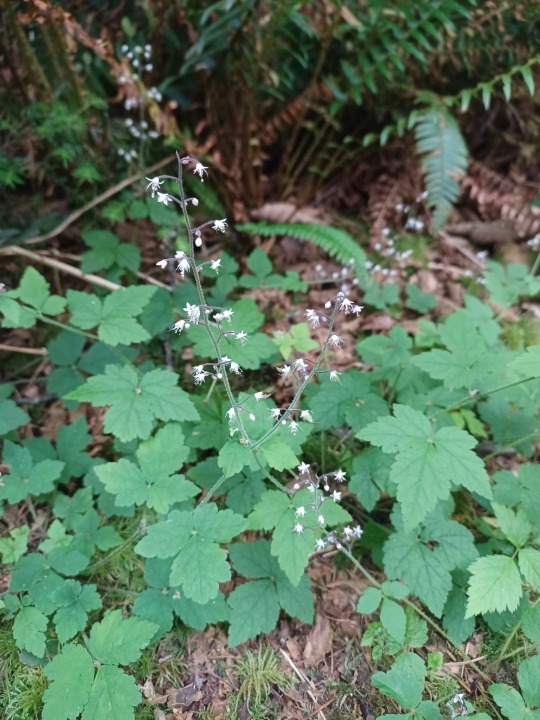
Threeleaf foamflower (Tiarella trifoliata)
Let me be clear: I love apps. I use Merlin routinely to identify unknown bird songs, and iNaturalist is my absolute favorite ID app, period. But these tools are not 100% flawless.
For one thing, they’re only as good as the data you provide them. iNaturalist’s algorithms, for example, rely on a combination of photos (visual data), date and time (seasonal data), and GPS coordinates (location data) to make initial identification suggestions. These algorithms sift through the 135-million-plus observations uploaded to date, finding observations that have similar visual, seasonal, and location data to yours.
There have been many times over the years where iNaturalist isn’t so sure. Take this photo of a rather nondescript clump of grass. Without seed heads to provide extra clues, the algorithms offer an unrelated assortment of species, with only one grass. I’ve gotten that “We’re not confident enough to make a recommendation” message countless times over my years of using the app, often suggesting species that are clearly not what I’m looking at in real life.

Because iNaturalist usually offers up multiple options, you have to decide which one is the best fit. Sometimes it’s the first species listed, but sometimes it’s not. This becomes trickier if all the species that are suggested look alike. Tree-of-Heaven (Ailanthus altissima), smooth sumac (Rhus glabra) and eastern black walnut (Juglans nigra) all have pinnately compound, lanceolate leaves, and young plants of these three species can appear quite similar. If all you know how to do is point and click your phone’s camera, you aren’t going to be able to confidently choose which of the three plants is the right one.

Coren correctly points out that both iNaturalist and Pl@ntNet do offer more information on suggested species—if people are willing to take the time to look. Too many assume ID apps will give an easy, instant answer. In watching my students use the app in person almost everyone just picks the first species in the list. It’s not until I demonstrate how to access the additional content for each species offered that anyone thinks to question the algorithms’ suggestions.
While iNaturalist is one of the tools I incorporate into my classes, I emphasize that apps in general are not to be used alone, but in conjunction with field guides, websites, and other resources. Nature identification, even on a casual level, requires critical thinking and observation skills if you want to make sure you’re correct. Coren’s assertion that you only need a few apps demonstrates a misunderstanding of a skill that takes time and practice to develop properly—and accurately.
Speaking of oversimplification, apps are not a Master Naturalist in your pocket, and that statement —while meant as a compliment–does a disservice to the thousands of Master Naturalists across the country. While the training curricula vary from state to state, they are generally based in learning how organisms interact within habitats and ecosystems, often drawing on a synthesis of biology, geology, hydrology, climatology, and other natural sciences. A Master Naturalist could tell you not only what species you’re looking at, but how it fits into this ecosystem, how its adaptations are different from a related species in another ecoregion, and so forth.
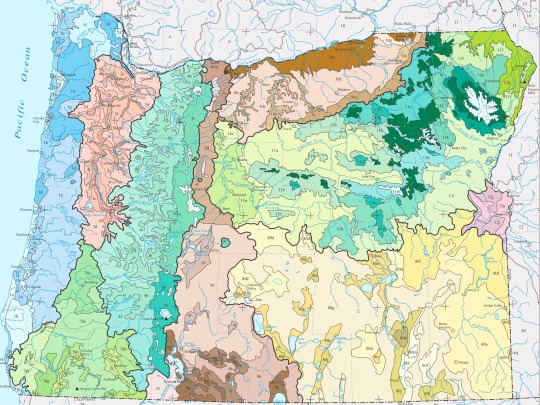
Map showing Level III and IV ecoregions of Oregon, the basis of my training as an Oregon Master Naturalist.
In spite of my criticisms, I do think that Coren was absolutely onto something when he described the effects of using the apps. Seeing the landscape around you turn from a green background to a vibrant community of living beings makes going outside a more exciting, personal experience. I and my fellow nature nerds share an intense curiosity about the world around us. And that passion, more than any app or other tool, is fundamental to becoming a citizen naturalist, Master or otherwise.
Did you enjoy this post? Consider taking one of my online foraging and natural history classes or hiring me for a guided nature tour, checking out my other articles, or picking up a paperback or ebook I’ve written! You can even buy me a coffee here!
#iNaturalist#plant apps#Seek#Merlin#nature#wildlife#plant identification#apps#botany#biology#science#scicomm#science communication#Google Lens#naturalist#Master Naturalist#conservation#environment
617 notes
·
View notes
Text


Western WA. A few feet tall. Kind of like sage?
569 notes
·
View notes
Text
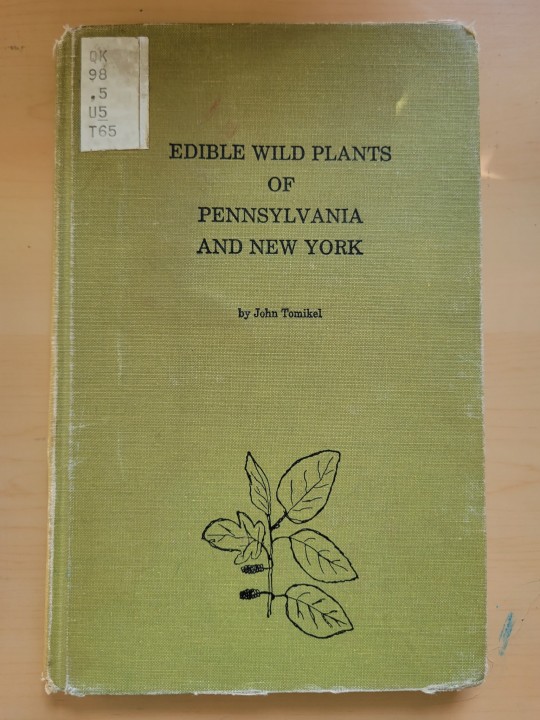



At the beginning of the summer, I had big plans to better my plant ID knowledge and foraging, and staggered home from the library with a giant stack of guidebooks. Which went entirely unread until now, unfortunately. Some of them were older books which I'm flipping through more out of curiosity and an appreciation for line drawings rather than for practical advice - this one is from 1973 and I'm supremely charmed by the author's voice, particularly his attitude of "just because I'm writing the book you're reading about edible plants doesn't mean you should trust anything I say."
298 notes
·
View notes
Photo

Choices were made.
My host and I went to a grocery store that had a lot of great produce but not a lot of labels. We bought this thinking it was gai lan/Chinese broccoli, but now we are pretty sure it is not, and highly uncertain as to what it is. Anyone have an idea? I’ve ruled out Chinese celery, dinosaur kale, collard greens, spinach, and bok choy, but I can’t find anything that looks exactly like it online.
Don’t get me wrong, we’re gonna eat it, we just would like to identify it as well. :D
[ID: A photograph of a kitchen table lined with paper towel; sitting on the paper towel are several long, narrow leafy greens, with the leaves starting very close to the bottom of the stem, and a wide celery-like stem. WHAT ARE THEY.]
743 notes
·
View notes
Text
“learning to identify your plants will make you so much more in touch with the natural world” learning to identify plants will automatically make you the most annoying motherfucker in a twenty five mile radius any time there’s a tree nearby you know the name of. yes you will have a deepened appreciation for the diversity and idiosyncrasies of your local flora but god at what cost
#no matter how much your friends love you there IS a limit to how many random plant names they can be told in a day and you WILL reach it#willow’s wastebin tagxon#plant identification
89 notes
·
View notes
Text


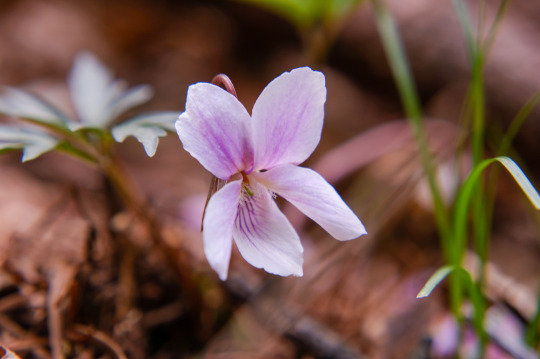


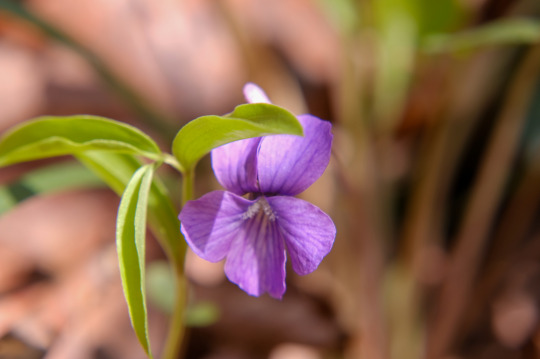
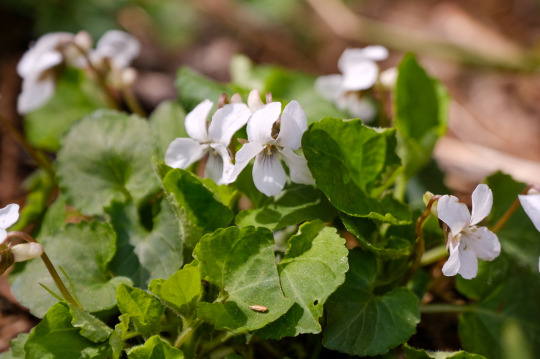

山のスミレ探し、菫ハンティング
・シハイスミレ
・オトメスミレ
・エイザンスミレ
・フモトスミレ
・ヒナスミレ
・アカネスミレ
・マルバスミレ
・エイザンスミレ
スミレの同定は難しい。
56 notes
·
View notes
Text

y’all know what this is?!
it is a clump of jewelweed seedlings!
common jewelweed (impatiens capensis) is native to north america and likes to grow along waterways. in the summertime she grows lovely little orange flowers.
but my favorite thing about her is her sap! it’s great for topical use on irritated skin. i make salves out of it and other happy-skin plants every summer. AND anD if you apply the sap to an area of skin that’s been exposed to poison ivy, it can prevent the rash from developing.
OMG there’s a poison ivy preventative!? well. . . no. this is a more of a “i am in the middle of the woods and have no soap and water but i DO have this plant” situation.
the thing is, you have to have to apply the jewelweed sap almost immediately after exposure to urushiol (the itchy juice in poison ivy), and if you’ve been in contact with poison ivy for more than a few minutes – which most people are because they don’t recognize/notice it – then it’s DEF not going to work. urushiol is absorbed by the skin too fast.
it’s still a cool plant and it DOES reduce itchiness and irritation from dermatitis and bug bites. 🦟
#plants#plant identification#jewelweed#impatiens capensis#us native plants#plant facts#cool plants#medicinal plants#wildcraft#my photos
45 notes
·
View notes
Text

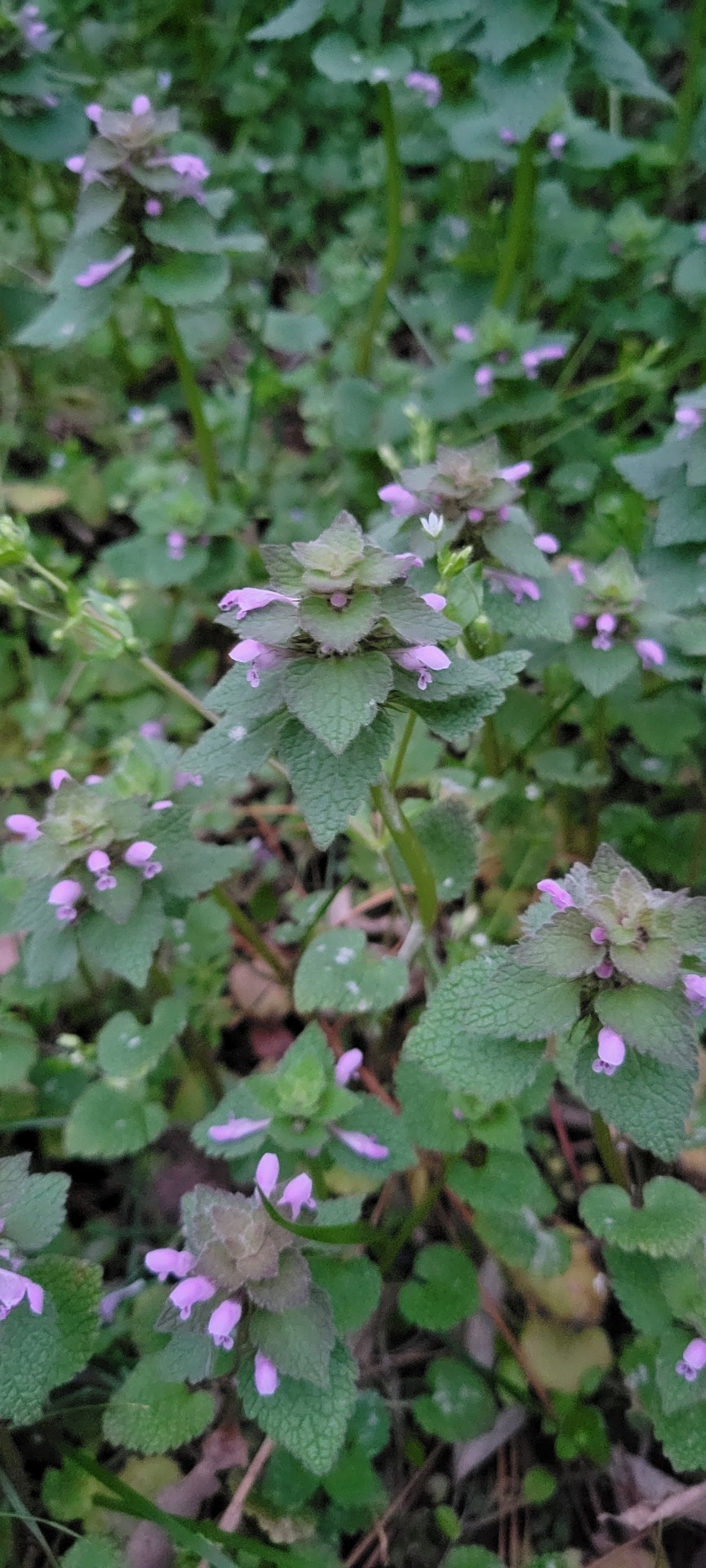
This plant may be considered a weed by some, but they've always been one of my favorite parts of spring!
Plant ID: purple dead nettle (Lamium purpureum)
#plants#plant photography#plant identification#spring#garden#purple#deadnettle#plantblr#naturalist#nature#flowers
36 notes
·
View notes
Text

Alright plant nerds. Saw this weird plant on the road but couldn't get a picture. My partner thought it was a fucked up dandelion. It had a tall dark purple stem and yellow? Seed heads or flowers? That reminded me of wild parsley. The stem was pretty thick looking, the leaves were dark green and spikey with a bit of purple at the base and it looked like thicker dandelion leaves almost. I'm in the Midwest and this plant was along the road in a parking lot.
If I see a picture of this plant I should be able to know it instantly because it was pretty interesting looking.
44 notes
·
View notes
Note
Any chance you could tell me something about this plant?
Found it while hiking in Vermont (in the wooded area around a pond)
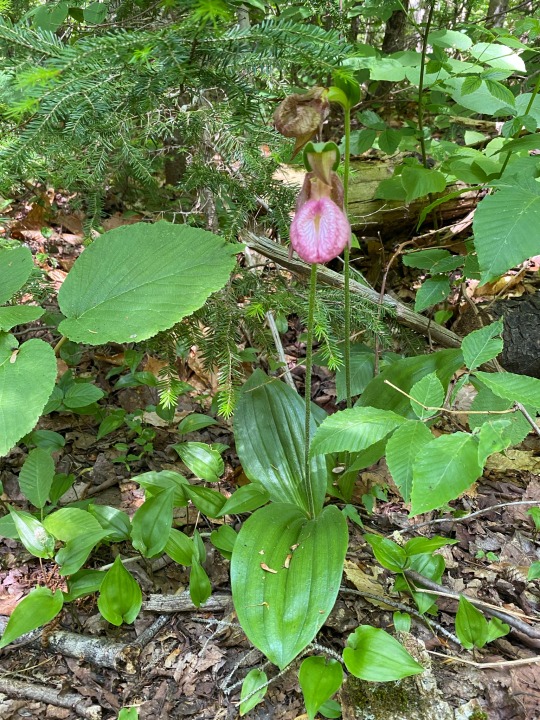

Yes! That is a pink ladies slipper (Cypripedium acaule), one of our showiest orchids. In New England, we are just passing the height of their flowering period and they will begin to die back (their two basal leaves stick around for most of the summer though!).
You may have heard about the importance of fungal mutualisms for orchid species, and pink ladies slippers are no exception. These relationships are so crucial to orchids because (unlike most seed plants) their seeds essentially consist of the embryo and the seed coat and are only viable for a short period of time--no store of energy for those babies! This means the parent plant has to put very little energy into their production, but it also means that these embryos are very vulnerable. Mycorrhizal fungi can penetrate the seed cost without damaging the embryo and can provide nutrients for it, essentially nursing the orchid. This is a mutualism because later, once the orchid is grown, it provides a similar service to the fungi.
Pink ladies slippers rely on the presence of fungi in the genus Rhizoctonia for this vital part of their life cycle.
You can read more about this wonderful and charismatic plant here!
76 notes
·
View notes
Text
all of the plant identification subreddits i used to peruse are dead and it’s driving me nuts cuz i cannot for the LIFE of me figure out what on earth this thing i just picked up at the garden center is. i’ve never seen anything like it before and i’m having a very hard time figuring out where to begin on all the succulent ID database sites bcs i can’t even figure out what genus it could be. does ANYONE know where i might start here. who is she…
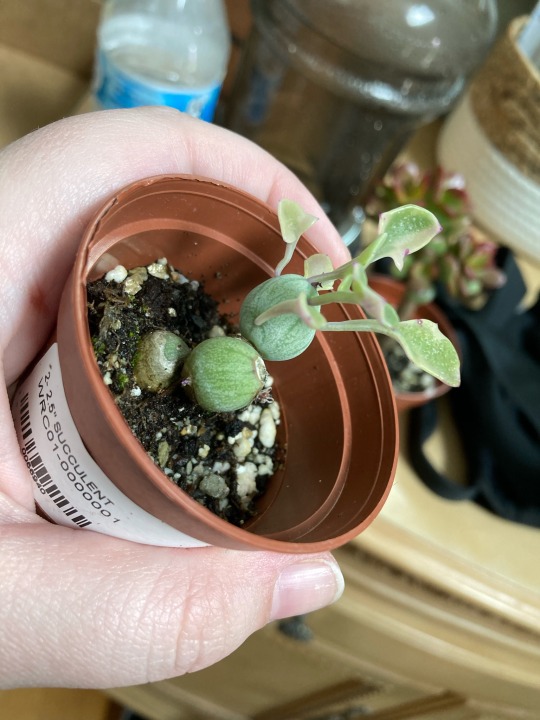



#plantblr#plant identification#succulents#cacti#i don’t even know if this is a true succulent. this place tends to label anything vaguely cactus-esque as a succulent
78 notes
·
View notes
Text
Fun fact: if you look at a closed collateral vascular bundle it looks like a happy little fella and I think that’s great
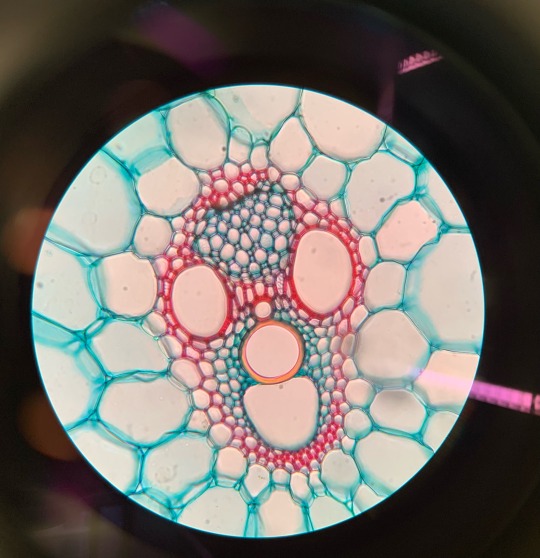
In this picture: close up of a closed collateral vascular bundle in the stem of Zea mays (cornplant).
Picture taken by myself during a lab last semester, image enlarged by a lightmicroscope (10X10X)
#science#plants#plant cells#plant identification#botanical#botany#botanic academia#stemlearning#stem studyblr#stemeducation#stem#women in stem#stem aesthetic#stem academia#stem student#stemblr#biology#biology studyblr#biology student#microscope#micros#funny#meme
69 notes
·
View notes
Text
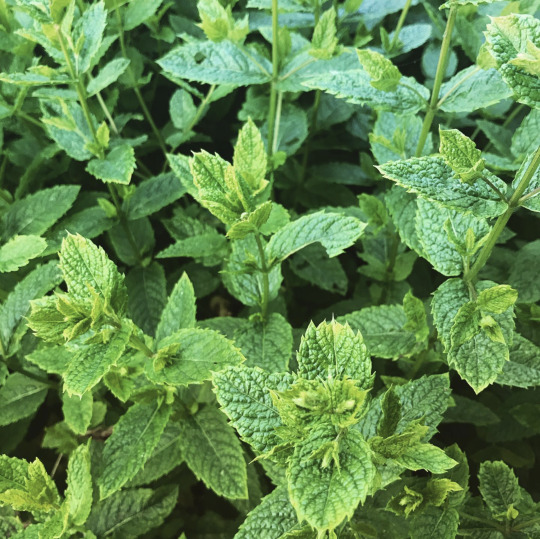
Meet the original source of the flavouring know from toothpaste, mouthwash, and chewing gum - the spearmint plant (Mentha spicata). This plant thrives in shady spots in the garden during the summer. The distinctive taste and scent comes from the naturally occurring chemical R-(-)-carvone. The taste of genuine spearmint is far richer and more complex than its artificially flavoured version, and spearmint plants have been bred to have many different shades of flavour such as “chocolate mint” and “pineapple mint”. It’s an excellent tea herb and it combines well with many other fresh herbs from the garden. There is medical research supporting spearmint’s herbal medicine uses for digestive system issues and antimicrobial properties.
#katia plant scientist#botany#plant biology#plant science#plants#gardening#herbs#herbal medicine#mint#mint leaves#spearmint#mentha spicata#mentha#stomach issues#medicinal herbs#chemistry#shade plants#plant identification#plant facts#herbal tea#organic gardening#grow your own food#homesteading
53 notes
·
View notes
Text
🐛🔍 hi there!! i'm looking for folks who would be interested in some v low stakes beta testing for a website/tool focused on nature identification i've been working on (especially folks who use iNaturalist).
i'm mostly looking for some more external feedback before i fully put it out into the world! feel free to contact me at [email protected] or message me @meltknuckles on discord if you're interested in helping me out 💚
#inaturalist#nature identification#nature#beta testing#plant identification#bird identification#species identification#mushroom identification#web development
19 notes
·
View notes
Text

Trillium grandiforum
I'm doing an independent study for school where I'm collecting plants, identifying them and creating mounted herbarium specimens. I love doing any kind of identifying but plants are my favorite and I've wanted to do herbarium specimens since I first learned of them. There's no question what species this lovely showy trillium is, but I keyed it out anyway as practice. I definitely recommend to anyone learning to use dichotomous keys to key the organisms that you know, that's how learn where you are likely to make mistakes when you are keying out an unknown species.
That aside aside; I couldn't resist taking a sneak peek at this one, I think it turned out rather well given that it's a rather complex flower and it was one of the first I pressed.

77 notes
·
View notes